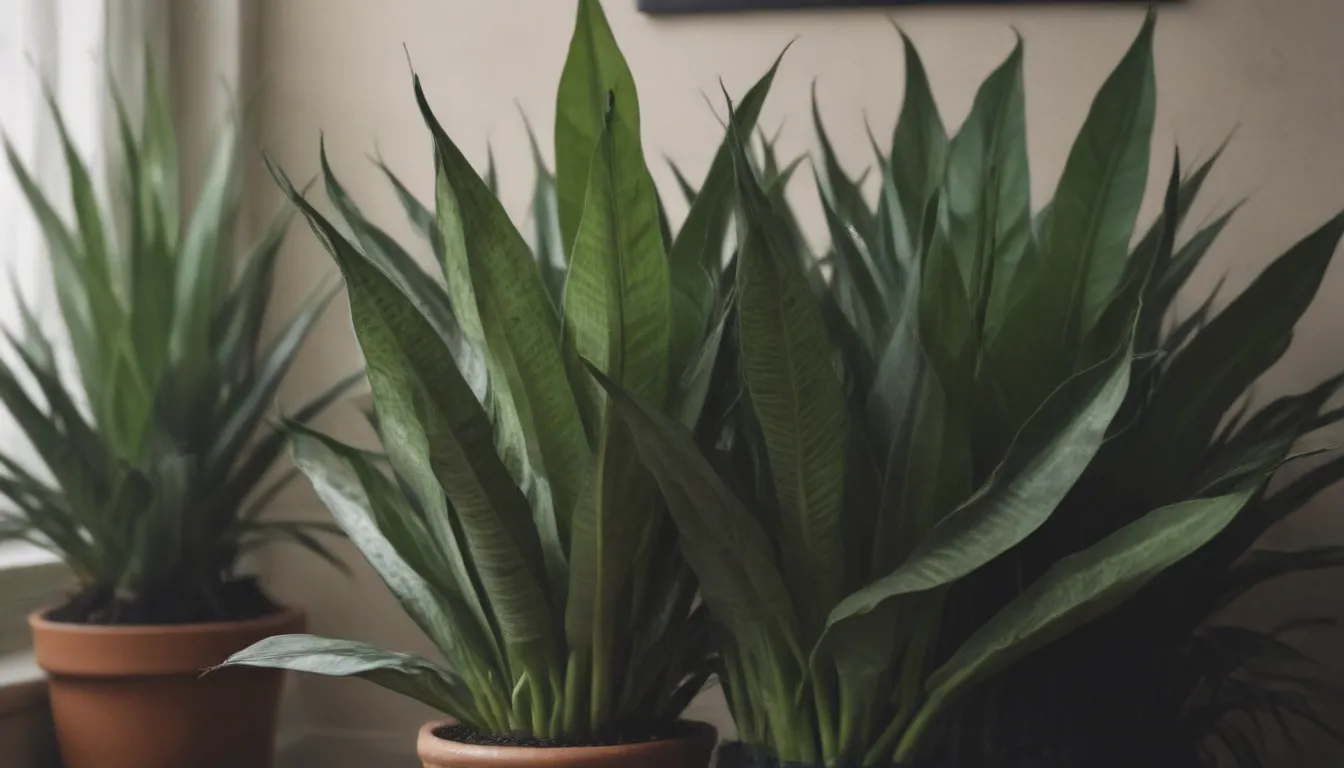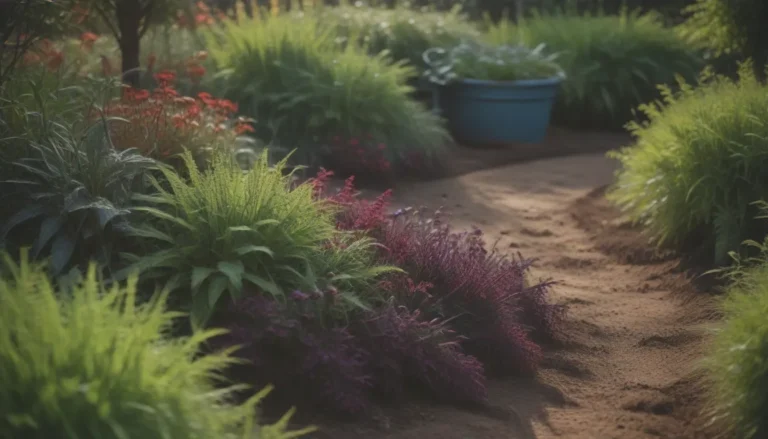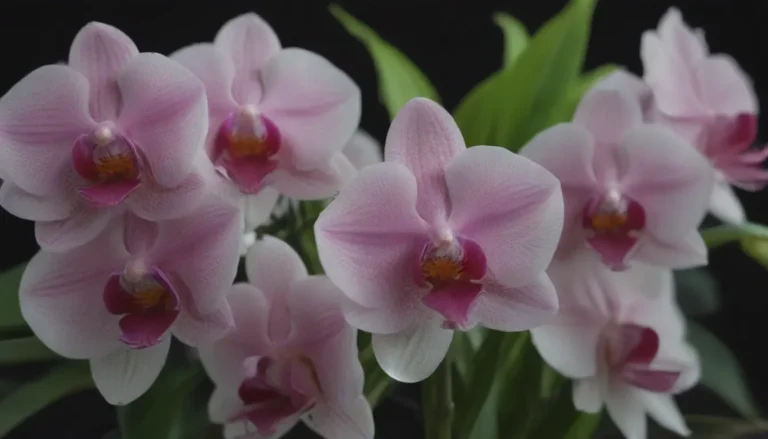Everything You Need to Know to Grow and Care for Snake Plants

If you’re looking for a low-maintenance, stylish addition to your indoor plant collection, look no further than the snake plant, also known as mother-in-law’s tongue. With its distinctive, sword-like leaves, this hardy houseplant is a popular choice for both beginners and experienced plant enthusiasts alike.
Why Snake Plants Are a Smart Choice
Snake plants are not only visually appealing, but they also thrive in a variety of growing conditions, making them a versatile option for any space. Here are some reasons why you should consider adding a snake plant to your indoor garden:
- They tolerate drought and low light: Perfect for busy individuals or office spaces where natural light may be limited.
- They are low maintenance: Ideal for beginners or those who may not have a green thumb.
- They come in a variety of varieties: From green-banded to striped leaves with a touch of yellow or cream, there is a snake plant variety to suit everyone’s taste.
Essential Care Tips for Snake Plants
Taking care of your snake plant is easy when you know what it needs. Here are some key care tips to help your plant thrive:
Light:
- Snake plants prefer 8 to 10 hours of indirect sunlight or a few hours of early-morning direct sunlight.
- Avoid too much direct sun, which can burn the plant and damage its leaves.
- Remember that lack of light can stunt growth and dilute the plant’s color.
Soil:
- Use a loose, well-drained potting soil mix, such as all-purpose cactus potting soil with sand.
- Avoid soil mixes with a high percentage of peat, as they can retain too much water.
Water:
- Water your snake plant deeply when the soil has completely dried out.
- Check the soil mix every two weeks during winter, watering only when necessary to prevent overwatering.
- Yellowing leaves are a sign of overwatering, so adjust your watering schedule accordingly.
Temperature and Humidity:
- Keep your snake plant in temperatures between 70°F and 90°F and away from cold drafts.
- Maintain average household humidity levels between 30% and 50%.
Fertilizer:
- Feed your snake plant with a balanced, slow-release 10-10-10 fertilizer diluted to half strength in spring and mid-summer.
- Avoid fertilizing in winter to prevent over-fertilization.
Repotting:
- Repot your snake plant every three to five years or when roots start to outgrow the pot.
- Choose wide, shallow pots with plenty of drainage holes to support healthy root growth.
Snake Plant Varieties to Explore
With a variety of snake plant varieties available, you can choose the one that best fits your style and space. Here are some popular varieties to consider:
- Dracaena trifasciata ‘Hahnii’
- Dracaena angolensis
- Dracaena trifasciata ‘Laurentii’
- Dracaena trifasciata ‘Twisted Sister’
- Dracaena trifasciata ‘Bantel’s Sensation’
- Dracaena pearsonii
Propagating Your Snake Plant
Propagation is a fun and rewarding way to expand your snake plant collection. Here are two methods for propagating your snake plant:
Division:
- Remove offshoots or pups from the main plant and replant them in separate pots.
- Ensure each new plant has its own space to encourage healthy growth.
Leaf Cuttings:
- Cut a healthy leaf into sections and plant them in a well-draining soil mix.
- Keep the soil moist but not waterlogged to promote root development.
Pruning and Maintenance Tips
To keep your snake plant looking its best, follow these pruning and maintenance tips:
Pruning:
- Prune during the growing season to encourage new growth.
- Remove damaged or yellowing leaves to maintain plant health.
Dusting:
- Regularly dust the leaves with a microfiber cloth to ensure optimal sunlight exposure for photosynthesis.
Repotting:
- Repot your snake plant every three to five years or when roots start to outgrow the pot.
- Choose a pot with ample drainage to prevent waterlogging.
Common Issues and How to Address Them
While snake plants are relatively easy to care for, they can still encounter common problems. Here are some common issues and how to address them:
- Foul-smelling soil: Likely due to root rot, which requires removing affected roots and repotting the plant.
- Yellow or brown leaves: Sign of overwatering, pests, or root rot; adjust watering schedule accordingly.
- Curling leaves: Caused by pests like thrips; remove affected leaves and treat with neem oil.
- Leaves falling over or drooping: Due to overwatering or inadequate light; adjust watering and placement to correct the issue.
Benefits of Snake Plants
In addition to their aesthetic appeal, snake plants offer a range of benefits for both your indoor space and your well-being. Here are some of the top benefits of owning a snake plant:
- Slow growth: Ideal for those looking for a low-maintenance plant that won’t quickly outgrow its space.
- Long lifespan: With proper care, snake plants can live for years, bringing joy and greenery to your home.
- Air purification: Snake plants are known for their ability to filter toxins from the air, creating a healthier indoor environment.
Final Thoughts
With their striking appearance and easy-care requirements, snake plants are an excellent choice for any indoor garden. By following these tips and guidelines, you can ensure your snake plant thrives and continues to bring beauty to your space for years to come. Whether you’re a seasoned plant lover or just starting out, a snake plant is a valuable addition to any collection. Happy gardening!





